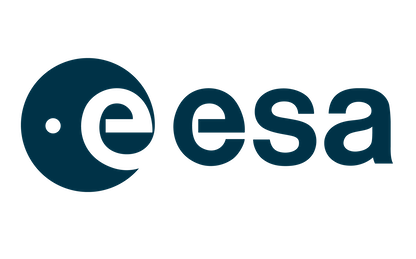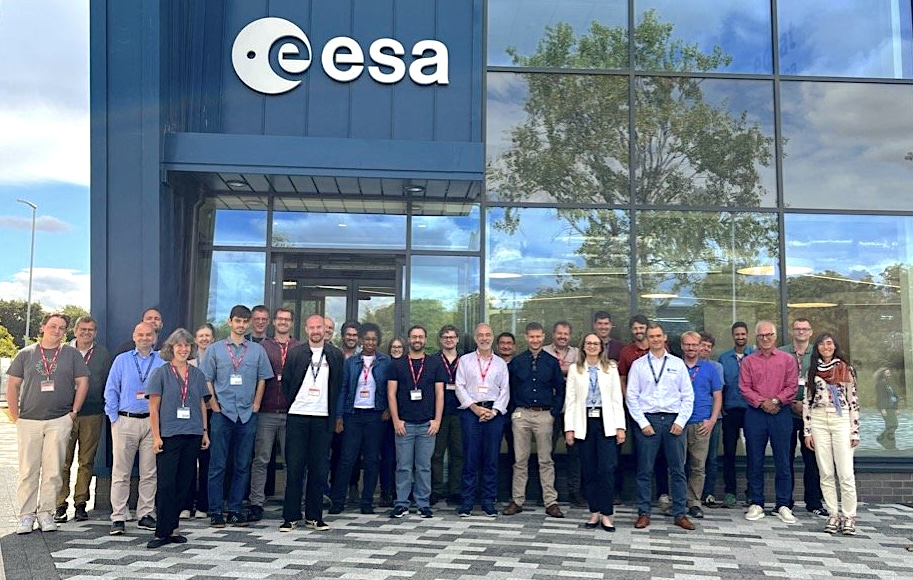Instrument Calibration and Validation
CEOS defines Calibration as, ‘the process of quantitatively defining a system’s responses to known, controlled signal inputs’. Validation is the process of assessing, by independent means, the uncertainty of data products derived from those system outputs — so is a core component of satellite missions.
Without adequate validations, geophysical retrieval methods, algorithms, and geophysical parameters derived from satellite measurements cannot be used with confidence. As such, returns on investment for the satellite mission are limited. In addition, meaningful uncertainty estimates cannot be provided.
In orbit, uncertainty characteristics of the satellite instruments (i.e., imaging radiometers, GPS, etc.) previously established — by pre-launch laboratory calibrations, characterisations, and end-to-end instrument measurements (e.g., brightness temperature) from which geophysical measurements (e.g., Fire Radiative Power) are retrieved — may only be assessed via independent calibration and validation activities.
Validation exercises for FRP products normally provide comparisons with other FRP products, either statistically or per fire-event, by combining geostationary and polar orbiting derived data to restrict comparisons to near simultaneous detections. In addition, such comparisons may only be conducted on coincident unsaturated radiance measurements.
Under the current CEOS Land Product Validation (LPV) framework, FRP products are at stage 1 validation, and it is not expected that FRP products would achieve stage 3 in the near future. Due to the short-lived nature of fires, generating ground base reference data is the major challenge, making UAVs and airborne thermal imaging systems (such as the FIDEX experiment) the preferred option. However, because of the resources required, these exercises are rare and in only in initial stages of development, lacking suitable measurement protocols that may ensure best practice guides are followed, so that data may be fully traceable, uncertainties are properly budgeted, and exercises may take place under the best possible conditions.
There's a clear need for Fiducial Reference Measurements for FRP.












